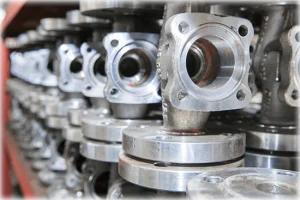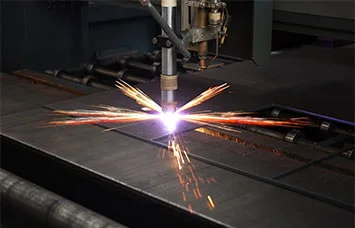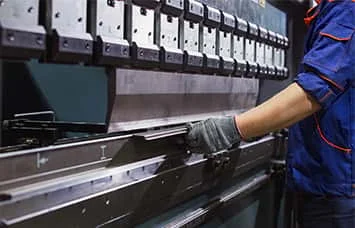- Excellent corrosion and chemical resistance
- High strength-to-weight ratio
- Good heat and electrical conductivity
- Easily machined
- Reflects heat and light
Aluminum is a metal that is silver in color, has non-magnetic properties, is light in weight, and can be molded into any desired shape with the implementation of the correct procedures. The versatility of aluminum is so diverse that armored tanks with thick plates of aluminum, wrappers made out of thin aluminum foils, aluminum cans, and thin aluminum wires are all possible dimensions that this metal can be molded into. In other words, aluminum is a highly malleable and ductile metal.
The strength of pure aluminum is very limited and it is found to be very soft in its original state. The addition of little amounts of other metals like copper, zinc or magnesium, to aluminum, is done in order to increase the strength of this silver-colored metal. Aluminum is abundantly available in the crust of the earth and is only third in the highest amounts of availability after oxygen gas and silicon. It is also a relatively new metal that is being used in the industries and produced on a commercial scale for only a little over the last 100 years.











